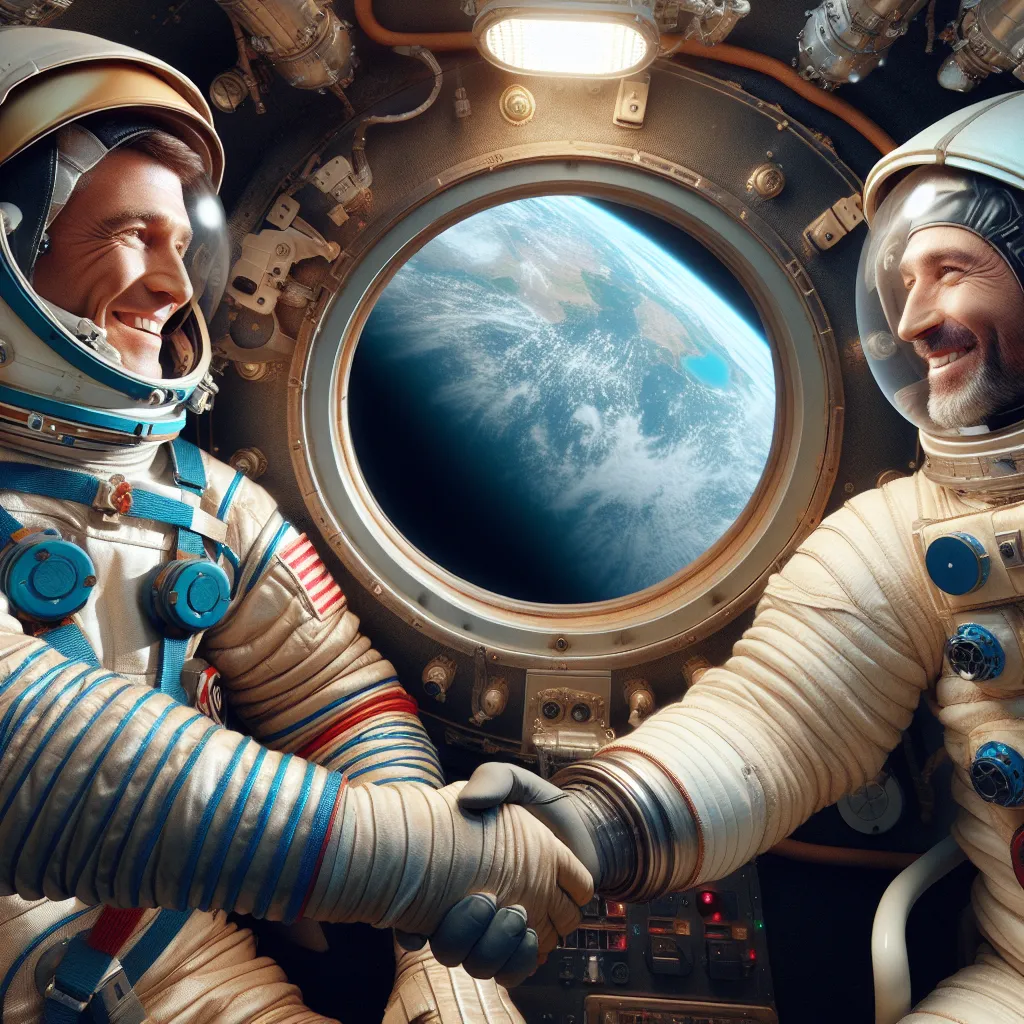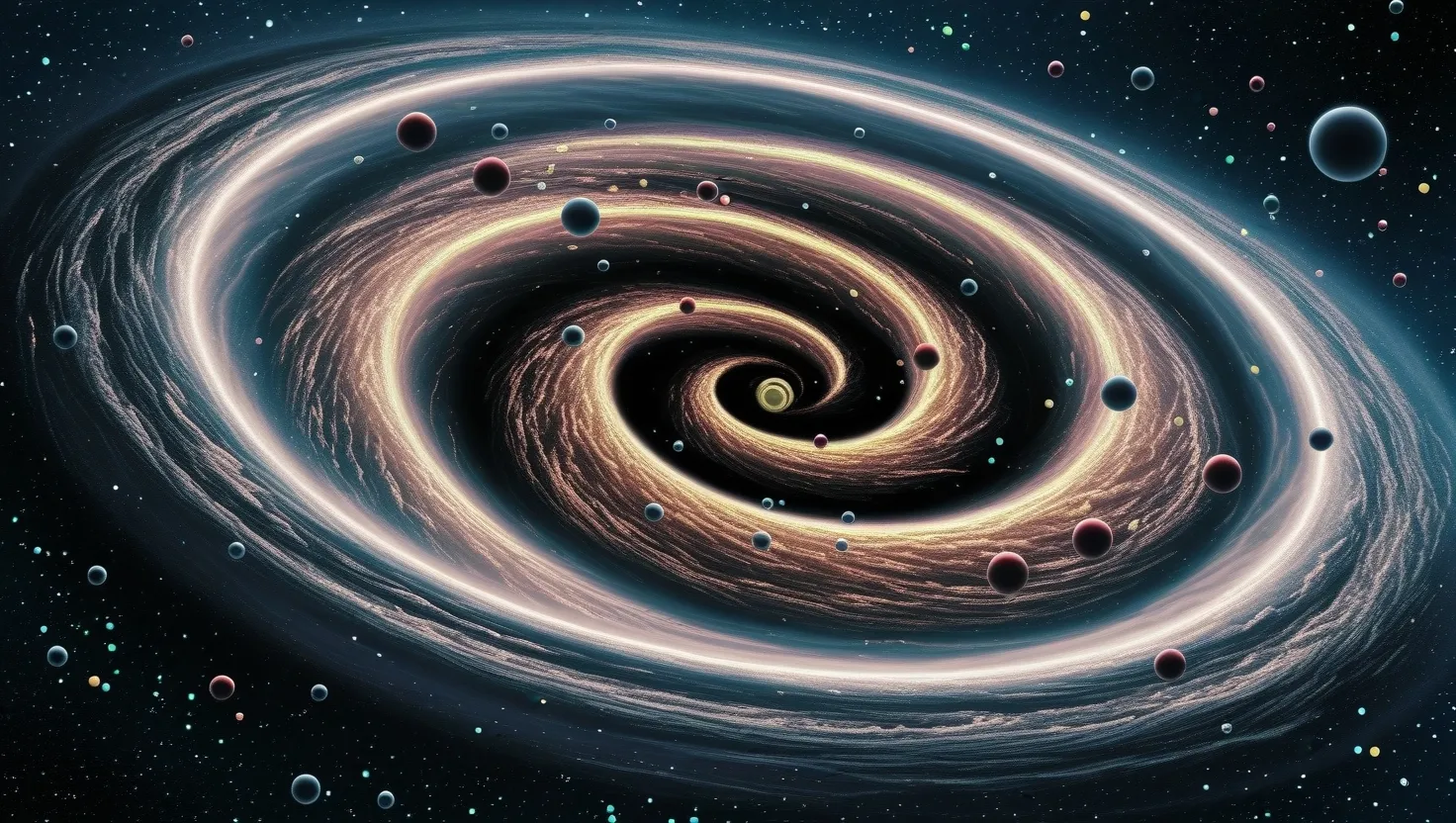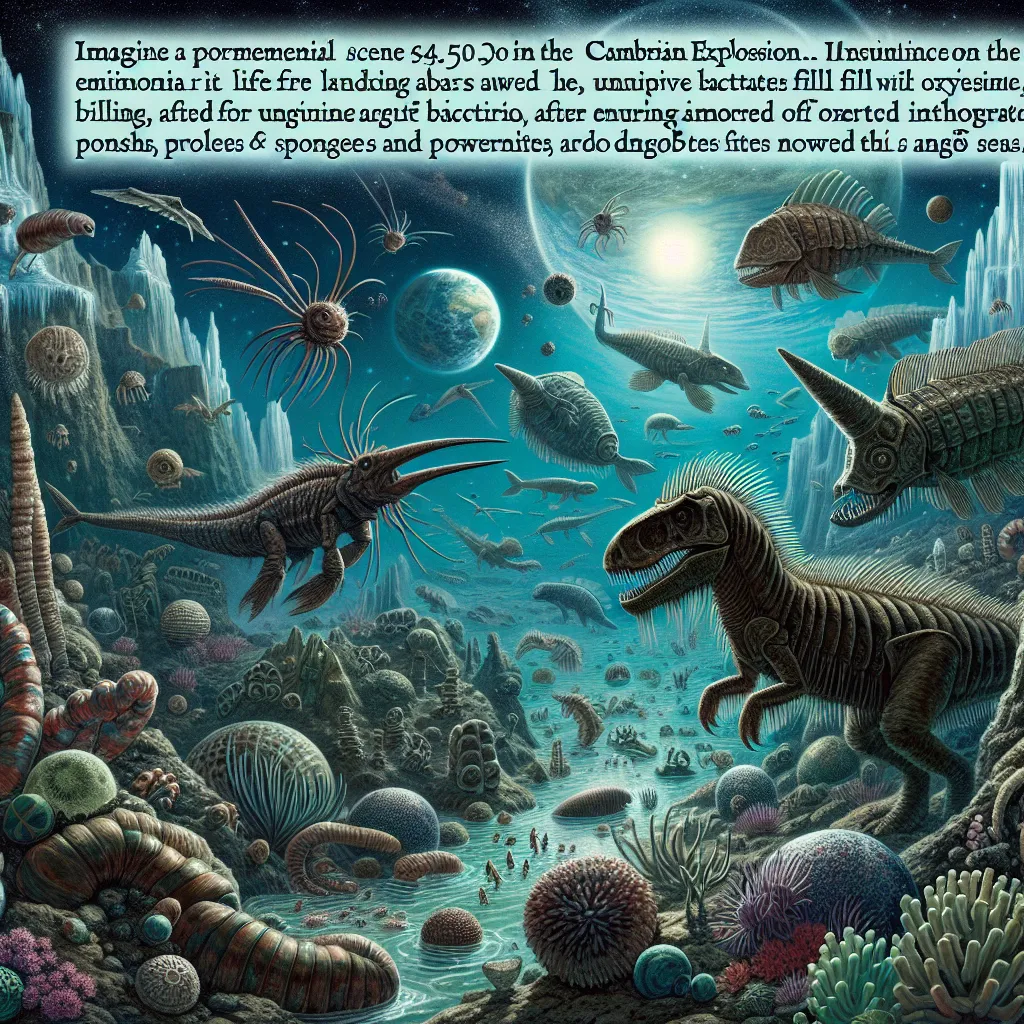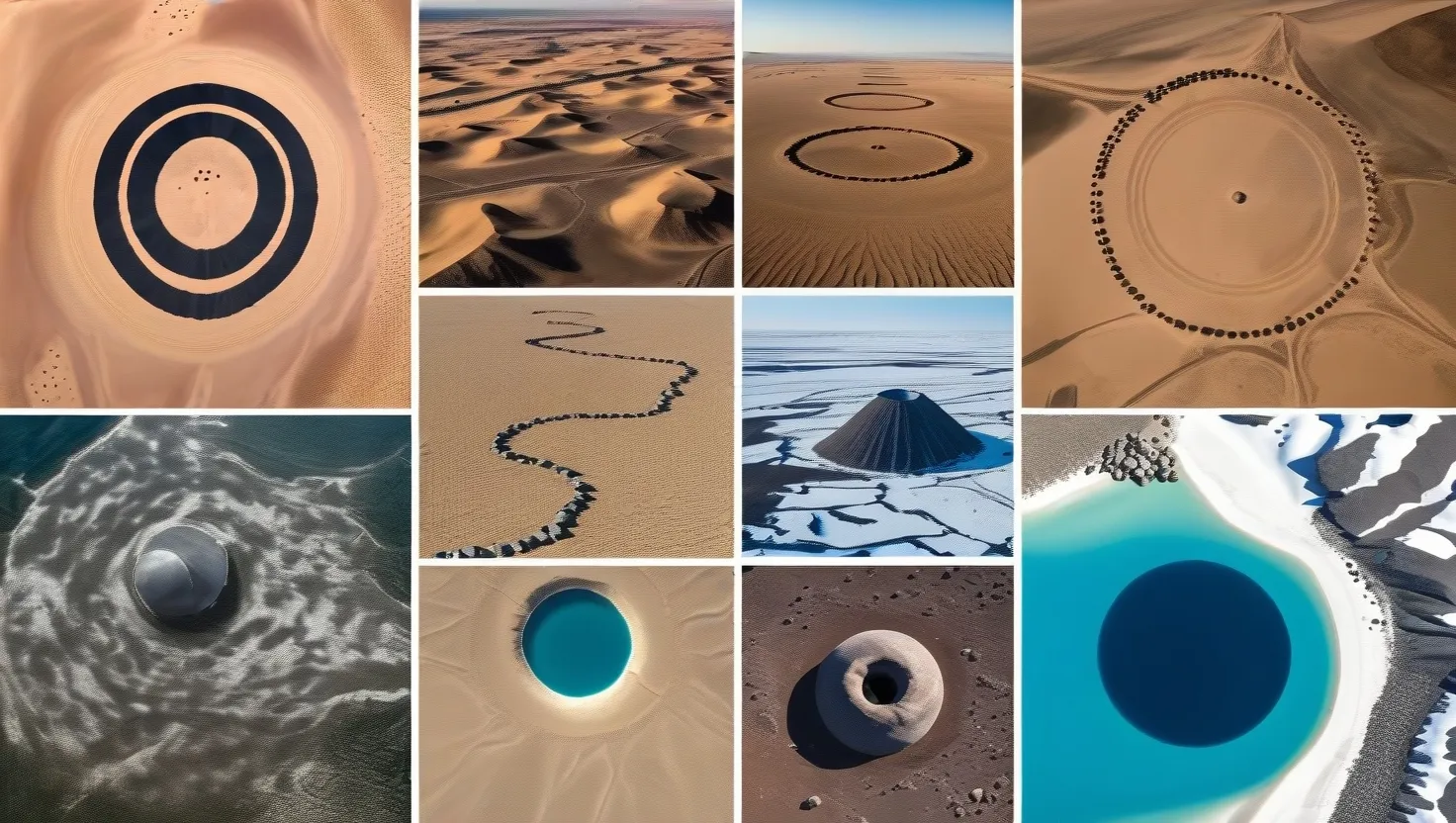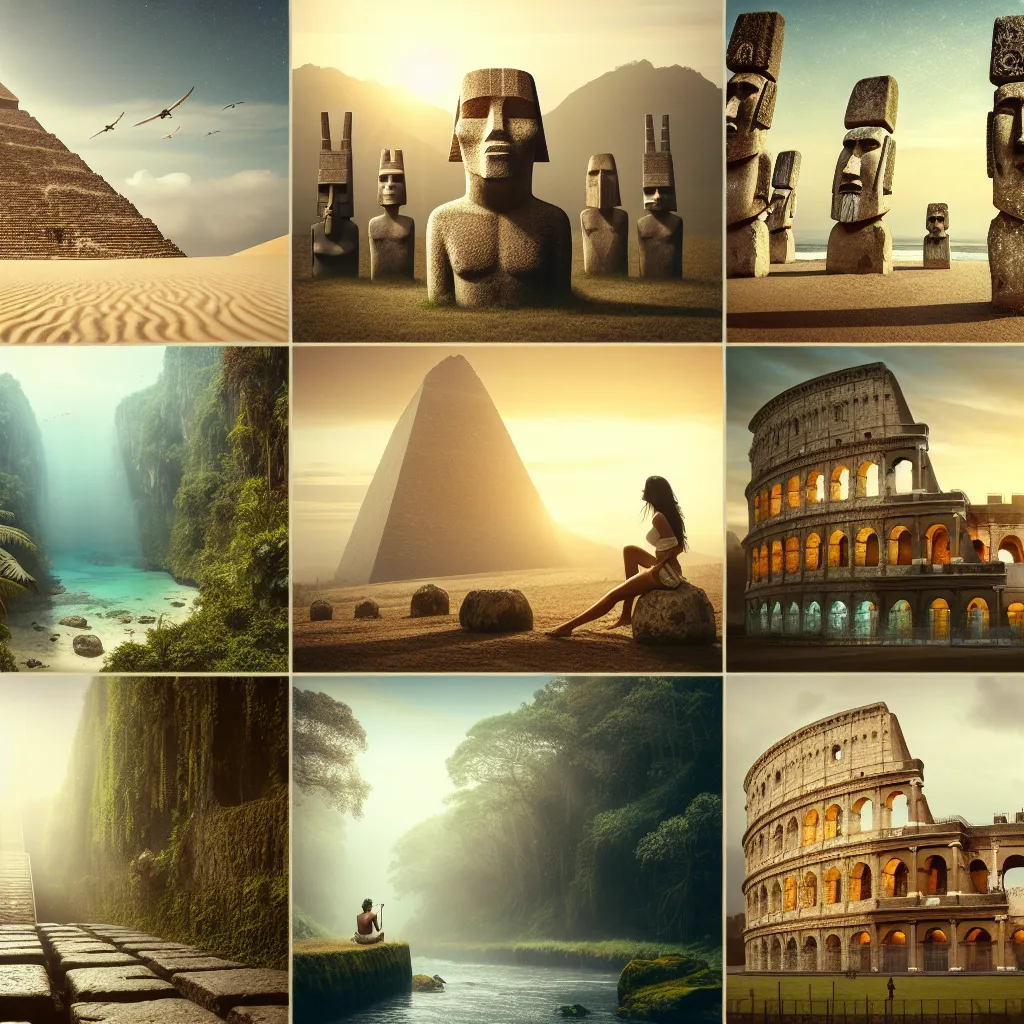When you gaze at the bustling city streets or the sprawling expanse of nature, it’s hard to grasp just how fortuitous our existence really is. We are here, defying odds that seem almost impossible. Over 99% of all species that have ever come into being on this planet have been wiped out, many due to catastrophic events that nearly halted evolution in its tracks. So our presence here is nothing short of miraculous.
The story of Earth isn’t a straightforward tale of calm evolution. It’s a saga filled with cosmic impacts, colossal volcanic eruptions, and even ice ages that nearly froze life into non-existence. The planet’s birth itself—nearly 4.5 billion years ago—came with a violent collision involving a Mars-sized body named Theia. This fateful impact not only almost obliterated Earth but also resulted in the creation of the moon, setting our planet on an uncharted course toward life.
Imagine compressing Earth’s entire history into just 24 hours. Each minute represents about 3 million years. In this clock, Earth’s surface was a veritable hellscape right at the beginning—an inferno shrouded in toxic gases, devoid of water and oxygen, and without our now ever-present moon. Within the first nine minutes (or 4.5 billion years ago), a collision with Theia changed everything. This impact produced a massive debris field that eventually coalesced into the moon, fundamentally altering Earth’s trajectory.
Discoveries by scientists like astronomer Bill Hartman and others in the field have suggested something radical: the development of the Earth-Moon system wasn’t a slow process but a cataclysmic event. One instant, and the debris from Theia’s impact started gathering around Earth, forming a celestial body we now call the moon over the next hundred years.
Moon rocks collected during the Apollo missions further solidified the theory—those lunar samples had extraordinarily similar compositions to Earth’s crust, strengthening the hypothesis that the moon was born from our planet’s material. Computer models have since simulated these impactful collisions, suggesting that a glancing blow from a planetary body about the size of Mars could indeed create the conditions we see today.
Even more astonishing, this catastrophic event set the stage for life. After the impact, Earth saw violent weather and massive tides, but these harsh conditions were necessary. They churned up vital nutrients and chemicals from the land into the oceans, creating the primordial soup from which life would eventually emerge.
On a planetary scale, the moon’s gravitational pull significantly influenced Earth’s tides. These tides were far more colossal in the planet’s early days—imagine tidal waves hundreds of miles wide rushing across continents. These immense tides were instrumental in distributing minerals and nutrients throughout the oceans, essentially mixing up the key ingredients needed for life’s origin.
The moon’s formation also led to another critical change—it slowed Earth’s rotation. Initially, a day on Earth would last only six hours, but thanks to friction from these massive tides, Earth’s spin began to slow. More extended rotations resulted in more stable climate conditions, which were kinder to burgeoning life forms. Stromatolites, ancient bacterial reefs, started to populate the oceans, forming under significantly calmer conditions.
The introduction of oxygen into the atmosphere by cyanobacteria marked another turning point. Though initially poisonous to most life forms, oxygen eventually paved the way for complex organisms, laying the groundwork for every oxygen-breathing life form today.
So, imagine the profound series of events: Earth’s violent collision with Theia sets off a sequence of developments that stabilize an initially hostile environment, leading to oceans teeming with bacterial life and an atmosphere that could support complex organisms. Over billions of years, these seemingly random, catastrophic events sculpted the planet into a haven capable of supporting everything we see around us.
As we ponder these events, it becomes clear that our existence hinges on a delicate balance of cosmic accidents and geological processes. This long chain of unpredictable yet pivotal occurrences has crafted the world we now inhabit—a world teeming with life amidst a universe that is largely barren.
So next time you look around at the world and the people in it, remember: we’re all part of a grand cosmic lottery, incredibly fortunate to be here against overwhelming odds. Our journey started with a catastrophe and has been shaped by many more, each crucial in creating the Earth we know today.

